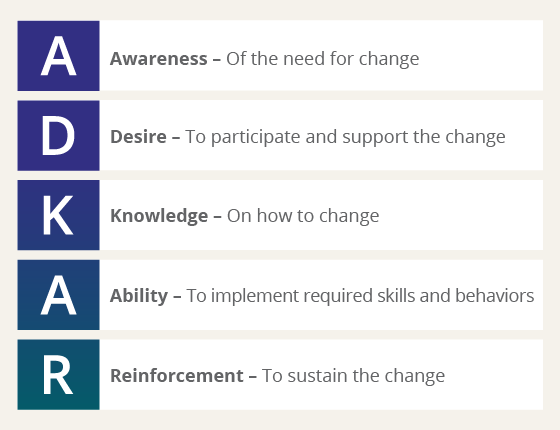Enabling Change in the Boys & Girls Clubs of America

2 Mins
Updated: March 16, 2024
Published: May 21, 2015

Several years ago, executive directors, staff and board members from Boys & Girls Clubs of America (BCGA) met in Chicago for an invigorating national conference to share new perspectives, tools and ideas for bringing positive change to their communities and the lives of children. I was honored and humbled to present a session on change management for these inspirational change leaders. The message still applies today and could be applied to organizations of all kinds.
The Outcome of Successful Change
My talk, “Increasing Your Leadership Impact Through Change Management,” was about how to enable each kid to reach their own “Great Future.” To do that, each club must be able to implement internal change effectively (i.e., reach its own Great Future), which ultimately depends on catalyzing the individual transitions of employees and members (i.e., helping them reach their own Great Futures).
The cascading of individual transitions of success—club initiative success to kids to community success—is the heart and essence of change management, in both the BGCA and organizations of all kinds. Effective change management enables organizations to achieve intended benefits from projects by preparing, supporting and equipping individuals for success in their own personal journeys.
Equipping the Organization to Succeed With Change
To equip the BGCA leaders to drive more successful change, I presented our “4 Change Catalyzing Questions,” along with additional tips and suggestions for putting each question into action.
- Why are we changing?
Identify the organizational benefits and project objectives of your change effort. Most efforts do okay at one or the other, but rarely at both. The data is crystal clear, however, that the better we define what we want to achieve the more likely we are to meet our objectives in times of change. - Who has to do things differently and how?
Change is ultimately an individual phenomenon. Supporting and equipping individuals to be successful in their own change journeys is how organizational change actually takes place. Defining change at the individual, granular level is key. - How much depends on individual transitions?
For our most important and strategic changes, the “adoption contribution” to project value is very large. The people side of change is not the “soft” side, but rather how we capture the people-dependent portion of results and outcomes. - What can we do to drive and support individual transitions?
Change management should not be positioned as optional or "nice to have." It is a solution to the reality that a significant portion of what we expect during times of change depends on people making their individual transitions. For this audience, I shared the Prosci ADKAR Model and the key roles of sponsors as ways to drive and support individual transitions.

Embracing Change Management
I’ve shared the “4 Change Catalyzing Questions” in a number of conference presentations over the years, including keynotes at Gartner BPM Summits, with a consortium of utilities working to embrace customer experience, and at a council of executives leading new product and service development with their organizations. In each case, I found that asking and answering these “4 Change Catalyzing Questions” enables them to position projects and initiatives to be more successful.
However, my experience with the Boys & Girls Clubs of America was different. I truly believe that these four questions, when brought to life by leaders and clubs across the country, can support positive change in kids' lives and our communities. And that is incredibly moving.


